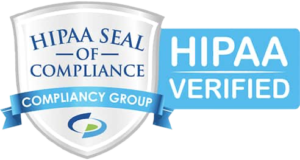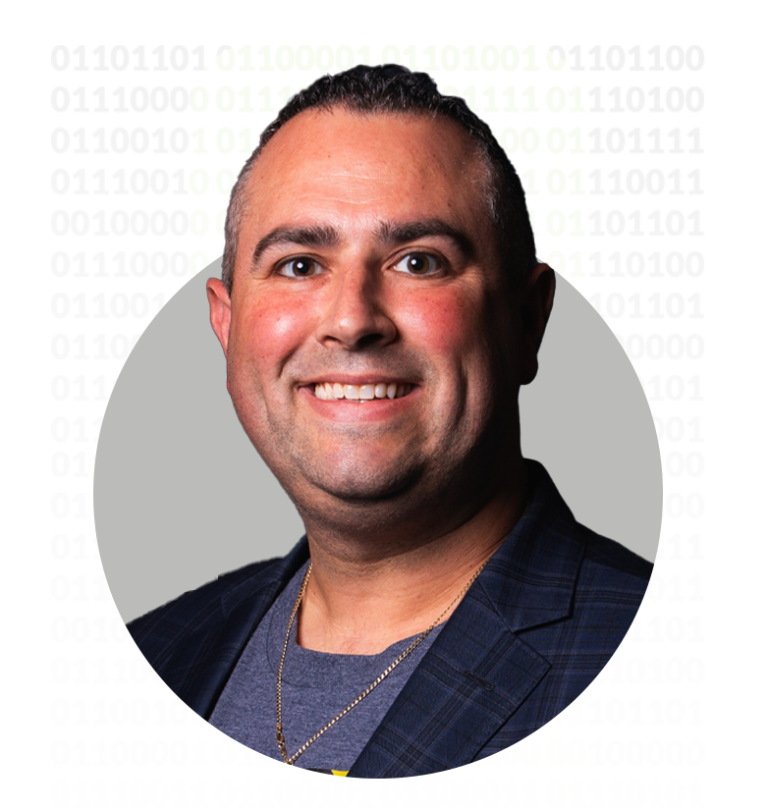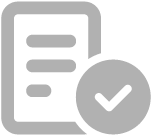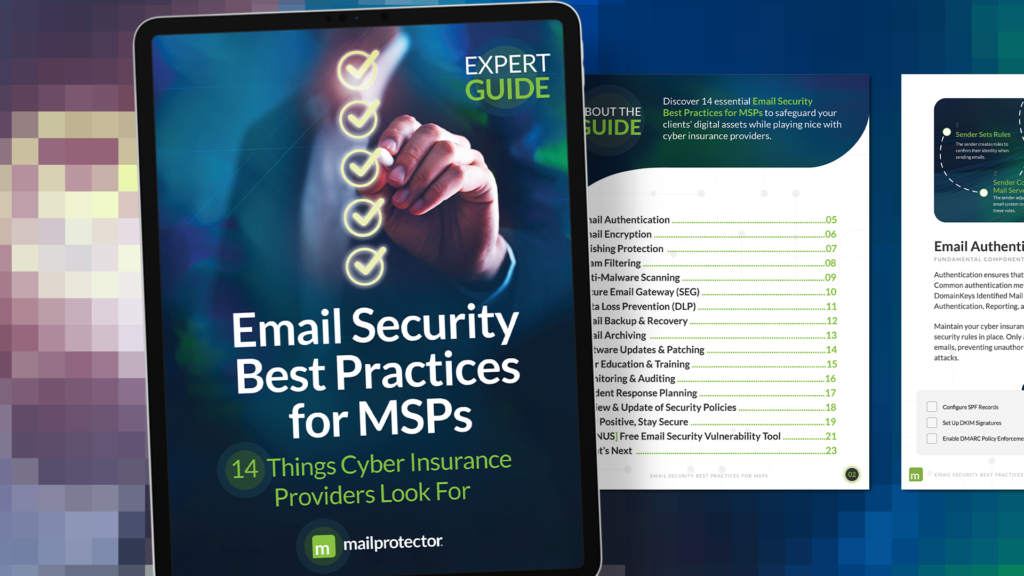The year 2021 has just begun, and while many are hoping for drastic improvements over the previous year, there is one area that is guaranteed to change in not-so-favorable ways: cyberthreats. Hackers are employing new tactics virtually every day, frustrating those who must work even harder to prevent the next potential catastrophe. Just when it seems like cybersecurity professionals have a grasp of the dangers and how to avoid them, a new variation arises.
An MSP’s job providing defensive solutions and support is never easy, but it is an essential (though often unrewarding) role. Businesses that wish to protect their data and people without setbacks must rely on experts like you who understand the latest threats and how to slow, if not stop, malicious cyberattacks.
While it is impossible to completely safeguard data or know everything there is to know about cybersecurity, service providers need to examine how the recent threats can affect their clients. More importantly, you need to mitigate those risks and vulnerabilities.
Let’s take a look at three of the most damaging attacks today and explore ways to counter those threats.
Challenge 1: Zero-Day Exploits
Cyber events that occur on the same day a vulnerability is discovered will leave your business clients with little opportunity for detection. Zero-day attacks exploit software or hardware flaws, releasing malware before developers can identify and address those weaknesses. The first tip-offs may not come until a cybersecurity professional spots business-related data on the Dark Web or an employee or customer experiences identity theft. Unfortunately, patches often just close the door after cybercriminals inflict their damage. Identification of Zero-Day exploits can go on for months, if not years before anyone finds and fixes the defect.
Solution #1: Vulnerability Scanning
Simulating attacks, conducting code reviews, and finding weaknesses using these solutions allows MSPs to help their clients guard against some zero-day exploits. Searching for vulnerabilities that come from software updates should also be a priority. As with most cybersecurity-related activities, it is virtually impossible to detect and stop every exploit.
Solution #2: Patching
Organizations must update software regularly to prevent exploitation, including patches and other upgrades. While these steps will not prevent all zero-day attacks, they can mitigate some of the risks, which is why the process remains a top priority for MSPs.
Challenge 2: Malware
Rarely a day goes by with a malware attack in the headlines. Recently, cybercriminals began transitioning their ransomware tactics by adopting double extortion strategies, stealing corporate data, and threatening to publish embarrassing or sensitive information. More than 1,000 companies worldwide were victimized by ransomware attacks like these in 2020.
Examples include Cryptolocker, one of the most notable ransomware viruses, which accesses systems through downloads, file sharing sites, and email. Other attacks, including WannaCry malware, take advantage of different vulnerabilities.
Solution #1: Email Vigilance
With 91% of all malware delivered through email, MSPs must focus their efforts to secure this readily accessible attack surface. These attacks usually begin when an employee downloads an infected email attachment or follows a link to a compromised website. Email security solutions that provide inbound and outbound filtering are now necessary for every business. Stopping viruses and phishing attacks is critical. However, MSPs must also offer solutions that prevent employees from sending sensitive information in unprotected emails.
Solution #2: Download with Extreme Caution
MSPs must continue to increase end-user awareness. Some people are still oblivious to the fact that they should never download software or updates from unknown sources without scanning for viruses. Whenever possible, employees should access those files and website links directly from the source or verify the legitimacy of the incoming messages.
Challenge 3: Data Exposure
As noted above, business and employee data are the crown jewels for cybercriminals. That information can be exposed in various ways, from post-it notes and plain text documents to not following proper protocols, including accessing unsecured web pages, using weak credentials, and falling for social engineering schemes. End-users must do a better job protecting information since that security is essential to their employer’s operations and reputation.
While most companies understand the reasoning for not storing PII (Personally Identifiable Information), not everyone realizes that, if stolen, it can have detrimental effects on their business and reputation. Those breaches’ repercussions can also extend to the MSP partners that support their cybersecurity efforts.
Solution #1: Add Layers of Protection
Safeguarding data should be at the top of the list of security objectives for businesses. Backing up all their information in disparate systems (including cloud applications) is the first step. MSPs are increasingly using layers of security solutions to thwart cybercriminals or slow the attacks enough so the provider can identify and neutralize the offenders. Provisions such as securing endpoints, ensuring employees use protected devices, authenticating user credentials, and enforcing access control (among many others) also reduce risk by lessening the attack surface.
Solution #2: Email Encryption
Encryption itself cannot prevent hackers from accessing data, but it ensures bad actors will not be able to decipher the files and information. Without the key, the data is useless and, more importantly, has no value on the dark web and other black-market sites. That helps explain why regulations like GDPR require encryption to protect business information. Whether at rest or in motion, sensitive data must remain secure from prying eyes. Utilizing an email encryption solution is key to ensuring cybercriminals (or sender mistakes) cannot intercept or access any information in transit.
Layered Security
The world continues to transition to the new normal, and strong cybersecurity practices ensure that every employee can safely work from any environment. Firewalls and anti-virus solutions are no longer the standard for keeping organizations safe as the perimeter of protection shifts.
MSPs must employ a layered approach today. Utilizing multiple methods is the only way to keep your clients on the right track and guard against potential threats.
Despite all the ongoing challenges that are detrimental to your clients’ operations, there are always stronger and more damaging threats on the way. MSPs need to understand what their customers need now while preparing for the attacks that will surely come in the future.

















